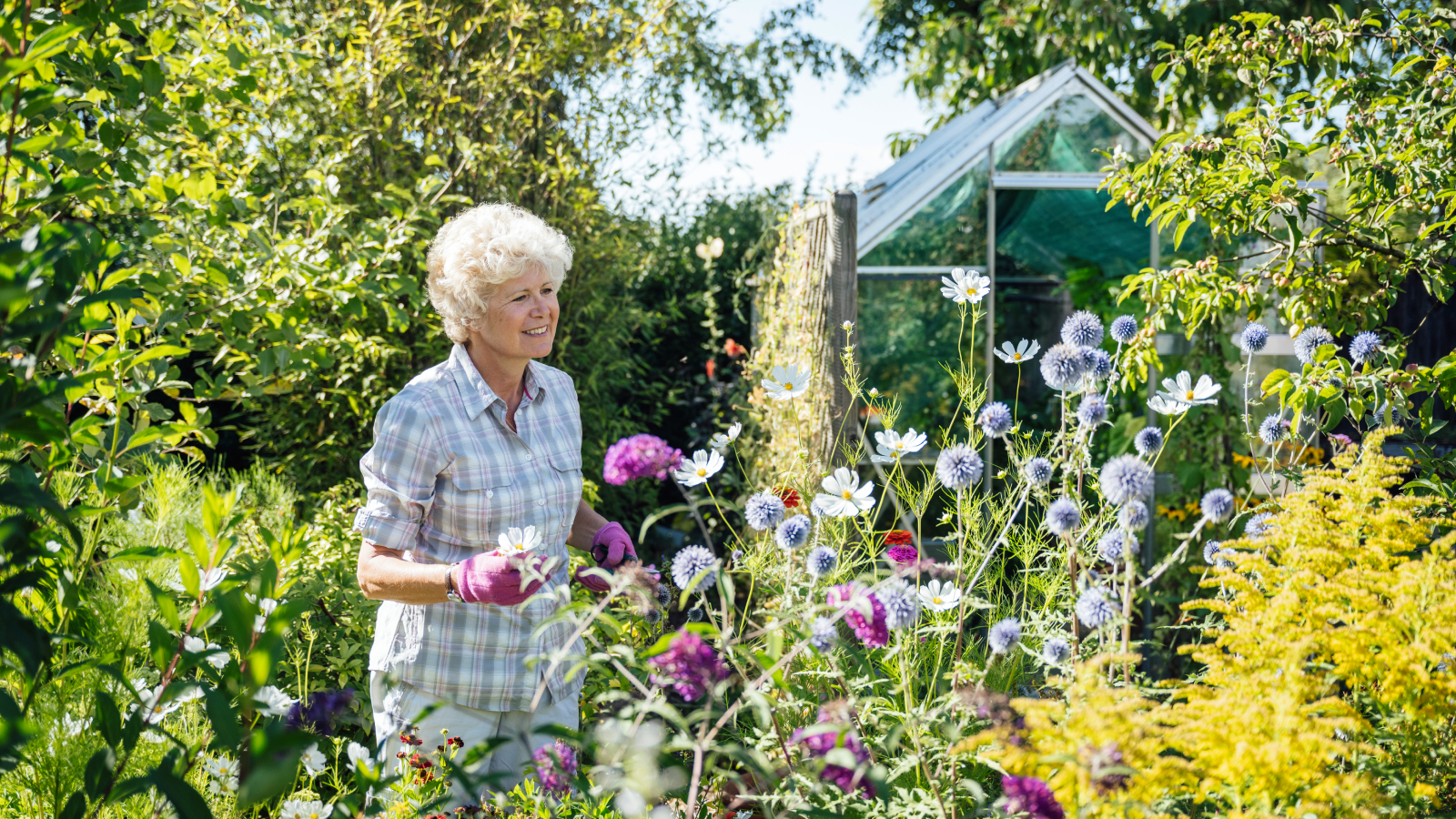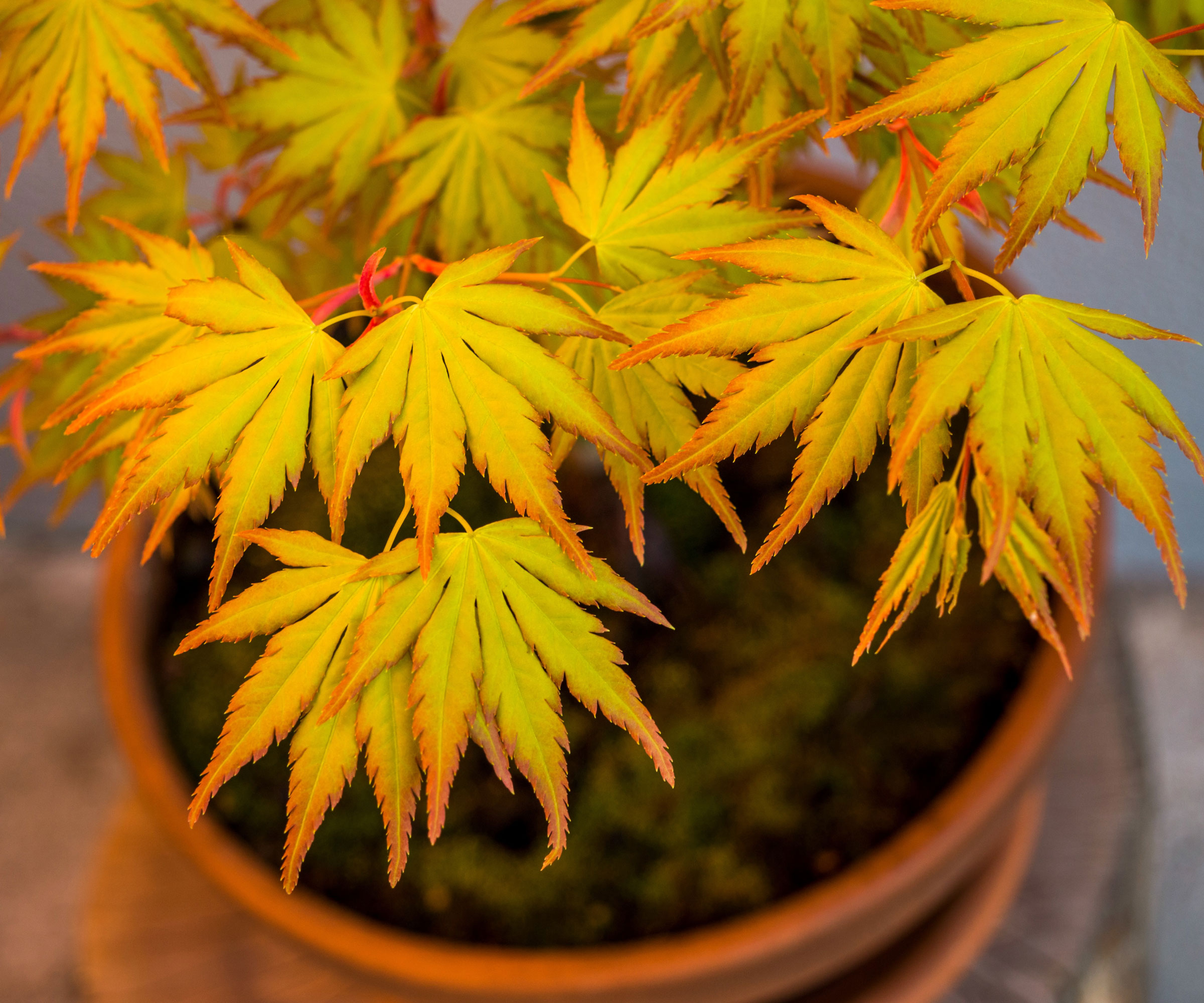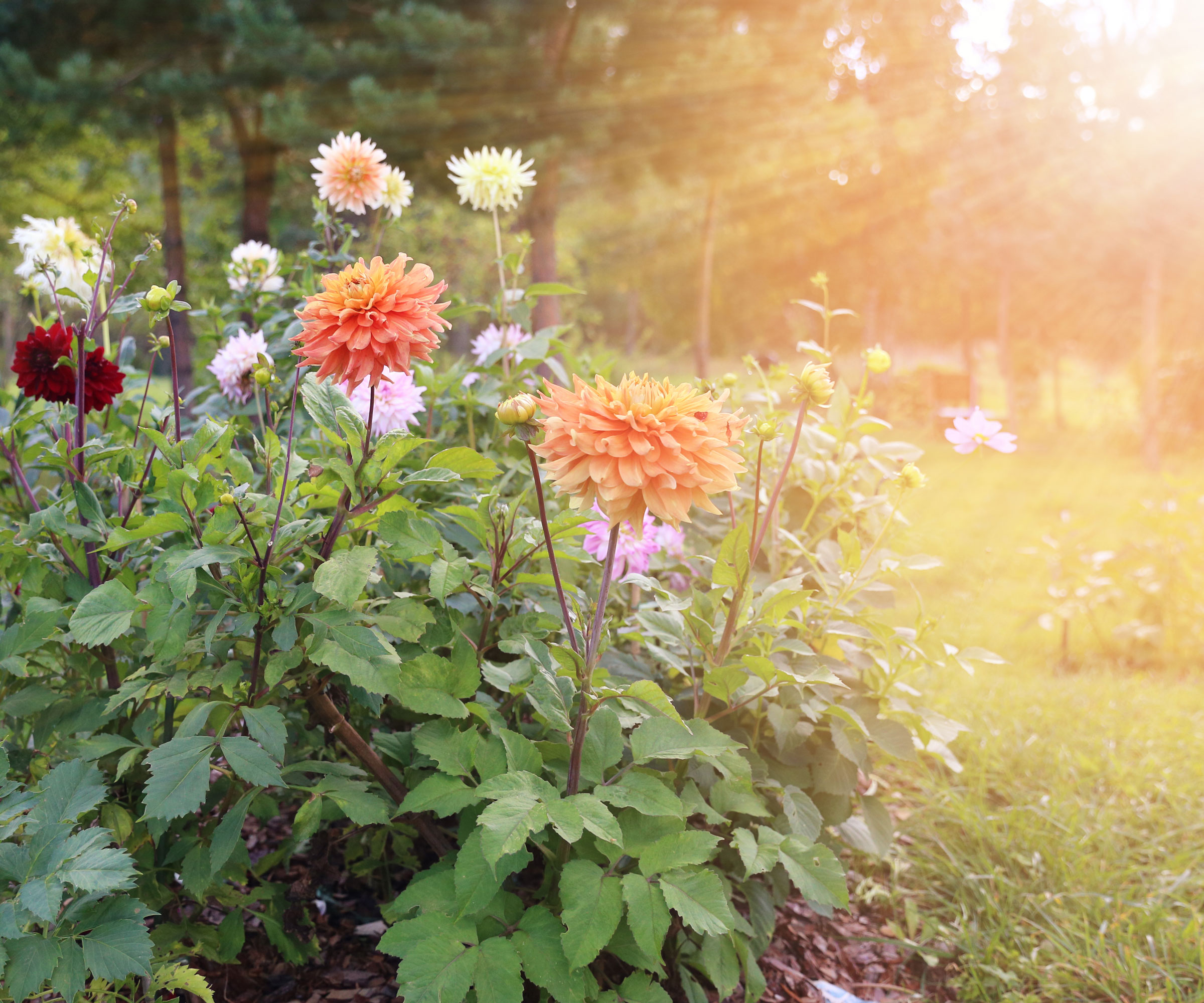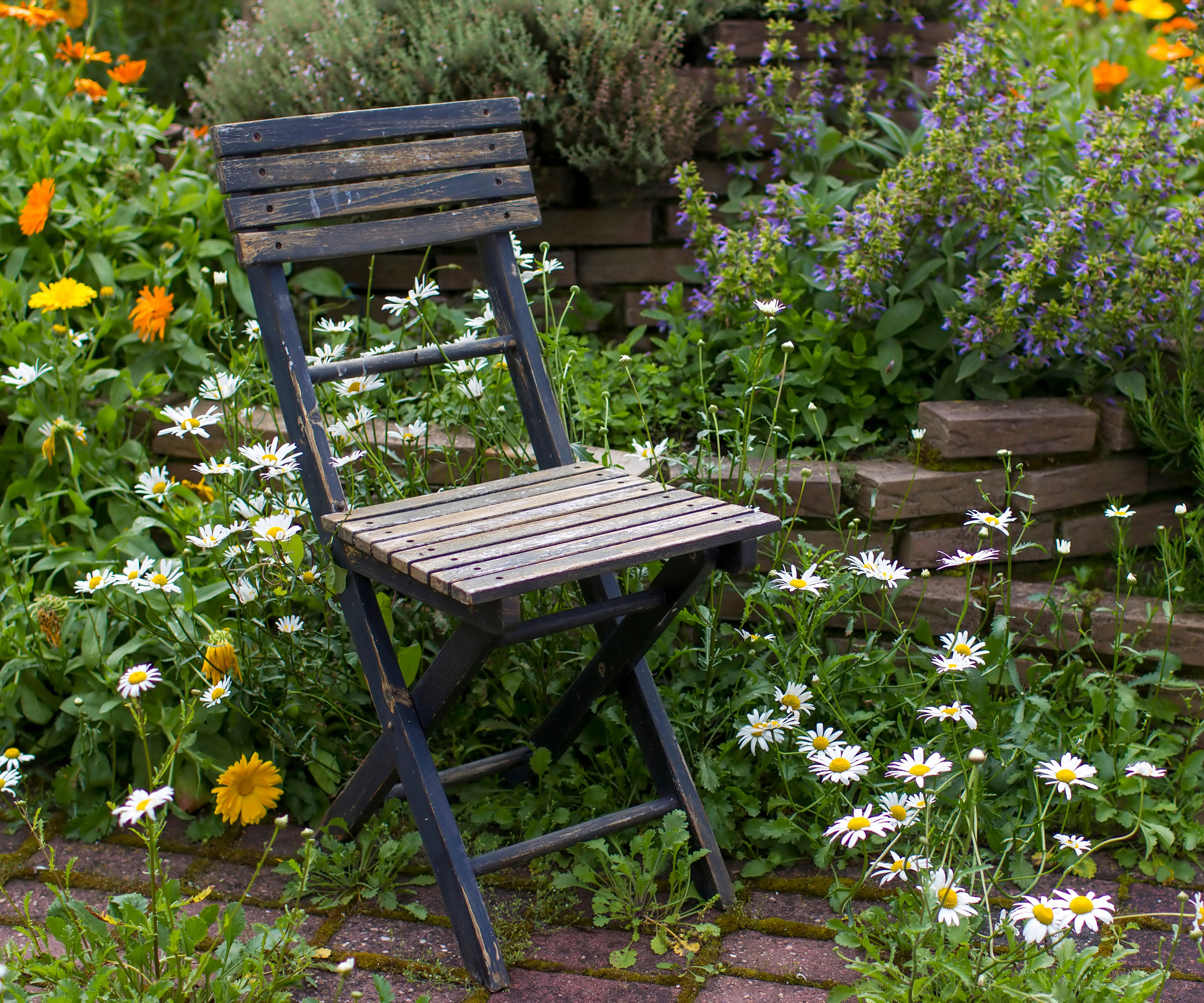Recently Moved To A New Growing Zone? A Garden Expert Shares Her Secrets For A Thriving Landscape In Any Climate
Moving is hard. It's even harder when you move to a new growing zone and none of your garden favorites will grow! Learn tips to adapt to a new growing zone.

Almost 8 years ago I moved from one side of Washington state to the other side. For some, a move such as this wouldn’t be a big deal but in my case, I went from a temperate zone with significant rainfall year round to an area with four distinct seasons (five if you count wildfire season).
So, while spring is glorious, albeit late, and fall is lovely but far too short, summer and winter can be horrendous. Summer sneaks in all sweetness and light, and then wham! We suddenly get a stretch of hot dry weather with temps in the low 100’s (around 38 C).
All this is to explain my absolute shock when I began gardening in my new home. I went from zone 9a on the USDA plant hardiness zone map to somewhere in the area of zone 6b to 7a, depending on microclimate and elevation. Significant USDA hardiness zone changes. So what is a gardener to do with all this change? Follow along as I share my journey of coming to grips with growing in a new USDA hardiness zone.
Starting a Garden After Moving

I was so excited to begin gardening, I’d even brought some plants from the “other side” with me. I’d brought some container grown trees that had been gracing our deck on the east side of the state. They were just some Acer or maple varieties; pretty resilient. So I popped 2 of them on our partially covered patio and one on an uncovered area of the patio.
I expected them to thrive as they did on the other side of the state. No. They made it through the first year which was a mild winter but the second year, ugh. Half of the potted Japanese maple died and one of the other maples kicked the bucket entirely.
I had taken steps to protect them by moving them up against the house, mulching them and wrapping the dormant trees in burlap, but alas, my efforts couldn't stand up to Old Man Winter. I now know that I need to plant my new Bloodgood Japanese maple from Fast Growing Trees before winter arrives.
More Surprises Related to Planting Zone Changes

This wasn’t my only garden related debacle. I also realized that while I loved growing dahlias, on the west side they can't be left in the ground through the winter. In this new growing zone change, the tubers needed to be lifted and carefully stored until the spring. And, let me tell you, learning how to store them properly was quite a lesson. We tried various methods with no success.
Sign up for the Gardening Know How newsletter today and receive a free copy of our e-book "How to Grow Delicious Tomatoes".
I’ve now given up and switched to canna lilies, which seem incredibly resilient. I simply toss the bulbs in a box of sphagnum moss and store them in a cool closet in the basement. Okay, it's a wee bit more complicated than that, but not by much.
All this is to say that planting zone changes are no small matter. Of course, I was familiar with the USDA planting zone map, but I guess I had paid little attention since so many things grew and thrived in my previous area of the Pacific Northwest. In my defense, numbers are not my forte.
Growing Zone Changes: Tips for Gardeners

So, after some gardening failures due to this large shift in planting zones, I had to rethink my garden plans. Along the way, I’ve learned a few things that I’d like to pass along to anyone else facing a shift in growing zones.
- Look up your new USDA zone. This seems obvious, but it’s crucial, so do it. Those numbers are like gold when it comes time to buy or sow plants. Check out these plant suggestions for growers in Zone 9 at the Gardening Know How Shop. Not in Zone 9? Simply enter your zip code into the 'Find Your Planting Zone' feature to see your zone and suggested plants.
- Do some research. It always helps to be prepared before you go into a new situation and moving to a new gardening zone qualifies. Read up on what perennials, veggies, fruiting trees, and ornamentals will grow in your new zone.
- Don’t forget to consider microclimates. This is such a real thing. I live in the same city as my mother but she lives atop a huge hill and I live in a valley. On the same day our outdoor temperatures can be quite different or one of us may get snow but not the other. This will impact your growing zone, often, as in my case, by an entire point or more.
- Talk to people. Chat with your new neighbors, local Extension office, Master Gardeners Association and nursery personnel. Pump them for info about what not only grows in your new area, but what will thrive. Trust their information more than the internet. After all, they live here.
- Choose appropriate plants. This may seem obvious and it does go hand in hand with researching your new planting zone. Don’t select a wish list plant that is not suited to your new zone hoping that it will make it. You will be disappointed.
- Despite what I said a second ago, experiment. You may have grown a plant at your old USDA zone that is no longer suitable for your current zone, but maybe there’s an alternative. Or something similar. Or, maybe you just want to say “to heck with it” and attempt to grow a plant that will survive with just a little extra TLC and some proactive protections.
- Get creative. If you are of the adventurous ilk, and want to try growing plants that are a shade or two outside of your growing zone, take steps to protect them. This means mulch heavily, plant on a slope or against a wall and wrap it up. You can wrap your plants in burlap, plastic or even bubble wrap to insulate them over winter.
Planning a garden after a move can take a little bit of work, but it is worth it to make sure your new property flourishes. I hope these tips will help you avoid some of the mistakes I made. Happy gardening!

Amy Grant has been gardening for 30 years and writing for 15. A professional chef and caterer, Amy's area of expertise is culinary gardening.
